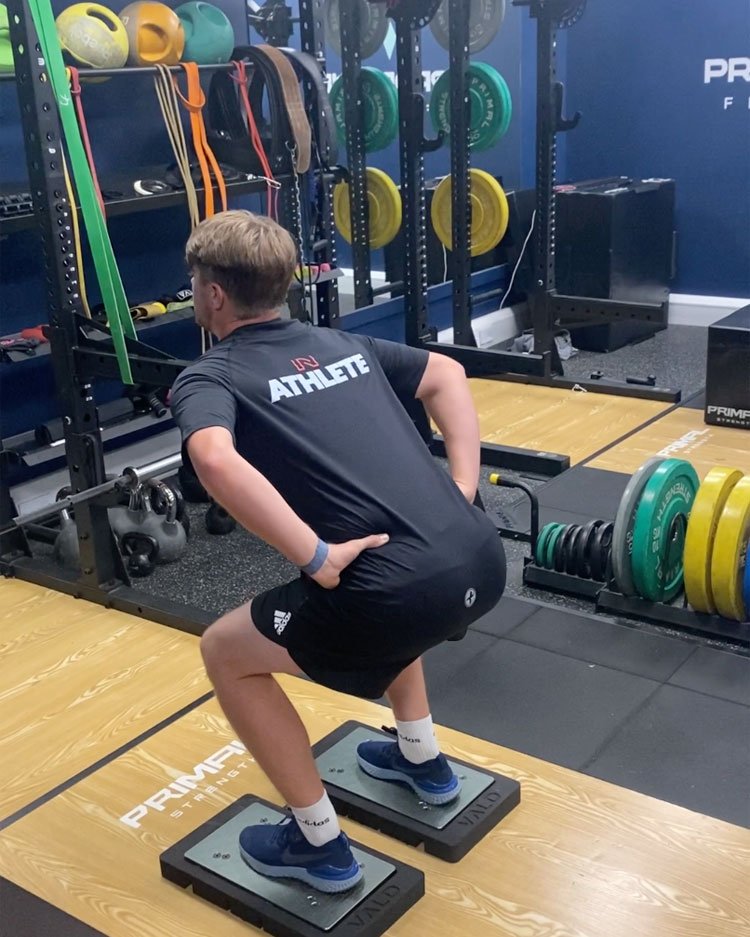Why should we assess our athletes?
Answering the question 'am I fit to play again?' Is rarely answered in black or white. With the use of athlete assessments, we can take the 'grey' out of our decision-making. Mixing objective and subjective findings creates a well-rounded approach to the best care of the athlete.
Assessments are tailored for performance or rehabilitation programming. with the data we collect and using evidence-based principles of training leaves the athlete in very capable hands to achieve success.
Athlete History
All athletes have their past medical history taken and analysed to build the foundations of their assessment.
e.g. If an athlete has a history of anterior cruciate ligament injury the assessment will vary from that of an athlete who has a history of shoulder dislocation.
This creates a tailor-made approach for each athlete.
Movement Screen
Each athlete undergoes a detailed analysis of how they move through functional movements.
The movements chosen vary on the sport performed and the individual athlete creating a unique profile of the athlete.
Youth athletes will undergo peak height velocity testing to establish positioning during their maturation.
Strength Testing
The use of isometric strength testing is an effective, low risk and low fatiguing method of gathering maximal force development data.
With the use of force plate data multiple strength tests can be measured in quick succession for individuals or for team squads.
Data is collected for both bilateral and unilateral strength calculating asymmetries between limbs for both the upper and lower body.
Athletes will perform the same tests in the future to determine improvements and areas needed to modify producing an evolving athlete profile.
Power Testing
Once an athlete has shown competency through their movement screen and strength testing it's time for power testing.
Athletes will be assessed for rate of force development via various jump tests using force plates.
The use of different tests creates varying degrees in stretch-shortening cycle use concentric and eccentric components as well as measures of neuromuscular fatigue.
Injury Prehabilitation
If we can maximise the time an athlete is available to play the greater they will develop technically.
Therefore reducing injury rates and time unavailable is a crucial component of an athletes development.
The use of isometric dynamometers can determine isolated strength measures looking into potential issues at a localised level.
Athletes at any level will have areas of improvement to work on. The design of this assessment is arranged accordingly so every athlete will understand the reasons for the training creating ia sense of individual-led development.
Injury Rehabilitation
If an athlete is unable to take part in the assessment due to injury a specific injury assessment is needed to determine a diagnosis and best practice.
This will be on 1-2-1 basis at either of my locations in Surrey.
Long-term and short-term injuries will be cared for either in person or as remote training.
Strength and Conditioning
For uninjured athletes it's important to focus on their physical training to improve sporting performance and mitigate injury risk.
The results of the athlete assessment pinpoint areas to improve upon e.g. if we find an athlete is able to produce large amounts of force but unable to produce it quickly then prescribing velocity based training will be beneficial.
It's important to retest the athlete multiple times throughout the season to track progress and make modifications to the athletes program.




